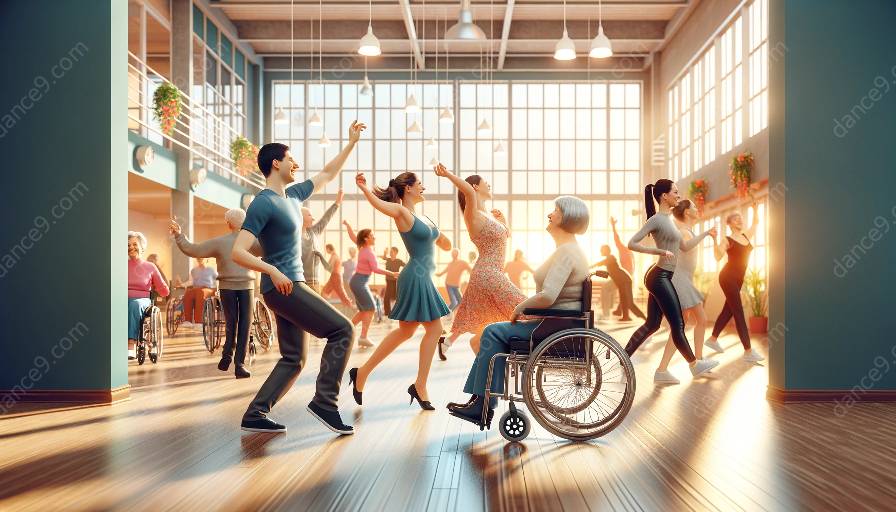Dance is a universal form of expression that can be both enjoyable and beneficial for individuals with varying abilities. When it comes to integrating dance into physical education programs for such students, there are unique challenges as well as incredible opportunities to consider. This topic intersects with the fields of dance for specific populations and dance education and training, offering insights into how dance can be tailored to meet the diverse needs of students with varying abilities.
Challenges
1. Accessibility: One of the primary challenges in integrating dance into physical education programs for students with varying abilities is ensuring that the dance spaces, equipment, and routines are accessible to all. This involves considering physical barriers, sensory sensitivities, and motor skill limitations that may impact the students' participation.
2. Adaptation and Modification: Another challenge is the need to adapt and modify dance activities to accommodate the diverse needs of students. Teachers and instructors must be prepared to tailor their approach, music, movements, and teaching methods to create an inclusive and supportive environment.
3. Communication and Collaboration: Effective communication and collaboration between dance instructors, physical education teachers, and special education professionals are essential for ensuring that the integration of dance aligns with individualized education plans and support strategies.
Opportunities
1. Social and Emotional Development: Integrating dance into physical education programs can provide unique opportunities for students with varying abilities to enhance their social and emotional development. Dance promotes self-expression, confidence, teamwork, and social interaction, which can have profound positive effects on students' overall well-being.
2. Physical Fitness and Motor Skills: Dance offers a versatile and enjoyable way for students to improve their physical fitness, coordination, balance, and motor skills. Through dance, students can engage in movement-based activities that are beneficial for their overall physical health and well-being.
3. Creative Expression and Empowerment: Dance provides a platform for creative expression and empowerment. It allows students to embrace their individuality, explore different movement styles, and express themselves through dance, fostering a sense of empowerment and self-discovery.
Dance for Specific Populations
Dance for specific populations focuses on the adaptation and custom-tailoring of dance programs to meet the needs of individuals with unique requirements, including those with varying abilities. It involves understanding the specific challenges and opportunities associated with integrating dance into physical education programs for specific populations, such as individuals with physical disabilities, sensory sensitivities, or developmental differences.
Dance Education and Training
The field of dance education and training plays a crucial role in preparing instructors, educators, and professionals to effectively integrate dance into physical education programs for students with varying abilities. It encompasses the development of inclusive teaching methodologies, curriculum design, and pedagogical approaches that are sensitive to the diverse needs of students and supportive of their individual growth and development.
By exploring the challenges and opportunities in integrating dance into physical education programs for students with varying abilities, understanding the principles of dance for specific populations, and engaging with the advancements in dance education and training, educators and practitioners can create meaningful and impactful dance experiences that are inclusive, empowering, and enriching for all students.















